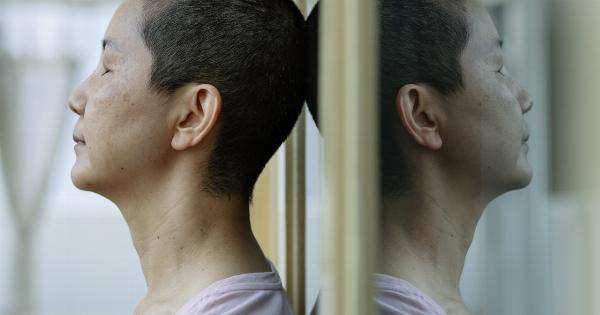Diffuse Lewy Body Disease (DLBD) is a progressive neurological disorder that affects the brain and leads to a decline in cognitive function and movement.
It is a type of dementia, characterized by the presence of abnormal protein deposits, known as Lewy bodies, in the brain.
Symptoms of Diffuse Lewy Body Disease
The symptoms of Diffuse Lewy Body Disease can vary from person to person, but some common signs include:.
- Fluctuating cognitive abilities
- Visual hallucinations
- Motor symptoms, such as rigid muscles
- Tremors
- Balance problems
- Sleep disturbances
- Mood swings
- Memory problems
- Confusion
Diagnosis
Diagnosing DLBD can be challenging as it shares similarities with other neurological disorders, such as Parkinson’s disease and Alzheimer’s disease. A thorough evaluation is necessary, which may include:.
- Medical history
- Physical examination
- Neurological examination
- Brain imaging (MRI or CT scan)
- Cognitive tests
- Lab tests to rule out other possible causes
Treatment
There is no cure for DLBD, but treatment focuses on managing symptoms and improving the patient’s quality of life. Some treatment options may include:.
- Medications to control movement symptoms
- Medications to manage cognitive and psychiatric symptoms
- Physical therapy to improve mobility and balance
- Occupational therapy to maintain daily activities
- Speech therapy to address swallowing and communication difficulties
- Supportive care for sleep disturbances and mood swings
Prognosis and Progression
The prognosis for DLBD varies among individuals. The disease generally progresses slowly over several years, but the rate of decline can vary.
DLBD is a chronic condition that worsens over time and can significantly impact the person’s ability to perform daily tasks and maintain independence.
Living with Diffuse Lewy Body Disease
Caring for someone with DLBD can be challenging, but there are ways to make the journey easier:.
- Establishing a daily routine
- Creating a safe and supportive environment
- Keeping communication open with healthcare providers
- Seeking support from support groups and organizations
- Taking care of yourself as a caregiver
Research and Future Outlook
Researchers are actively studying DLBD to gain a better understanding of the disease and develop more effective treatments. Advances in technology and biomarker research hold promise for early diagnosis and intervention.
Conclusion
Diffuse Lewy Body Disease is a progressive neurological disorder that affects cognitive function and movement.
While there is no cure, managing symptoms and providing supportive care can significantly improve the patient’s quality of life and well-being.





























